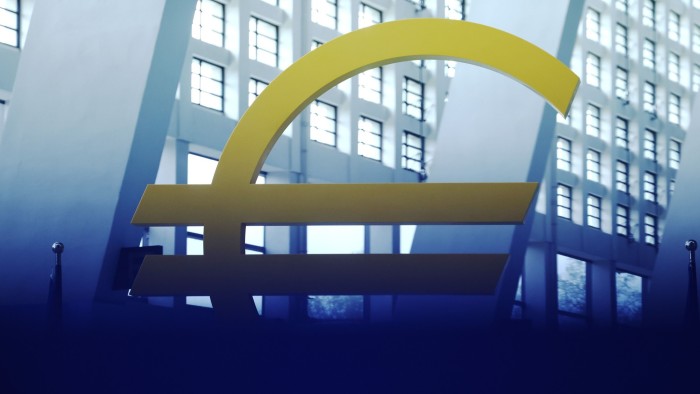Unlock the Editor’s Digest without cost
Roula Khalaf, Editor of the FT, selects her favorite tales on this weekly e-newsletter.
The author is a former supervisory board member of the European Central Financial institution and a senior fellow at Bocconi College
Paul Volcker’s well-known judgment towards monetary innovation sounds exaggerated in the present day. In late 2009, the previous Federal Reserve chair quipped that “crucial factor banks invented is the ATM”. However 15 years on, our spending routines are much less cumbersome, time consuming and boring than they ever had been, because of the lucky marriage of digital and fee applied sciences.
But, not all innovation is identical or justifies equal acceptance. A living proof is the newest star within the financial firmament: stablecoins. Initially a method for crypto buyers to simply transfer out and in of fancier belongings like bitcoin, they’ve gained recognition lately as they appear poised to morph right into a retail fee instrument. Are we going to pay our morning espresso with a stablecoin? This risk raises points for policymakers.
Within the US, a current presidential executive order entrusted a brand new working group to draft crypto laws inside six months. Given Donald Trump’s enthusiasm for crypto, one can count on that physique of regulation to fulfil the order’s intent of selling “the event and development of lawful and bonafide dollar-backed stablecoins worldwide”.
This places the ball in Europe’s courtroom. Because the second international worldwide forex, the euro is susceptible. Euro-backed stablecoins are of their infancy. In accordance with some, a spreading of dollar-denominated stablecoins threatens Europe’s “financial sovereignty”. The problem for European regulators is to maintain innovation and experimentation alive whereas preserving stability and belief within the euro.
One possibility is to do nothing: enterprise as typical. In spite of everything, Europe already has crypto regulation, the Markets in Crypto Belongings Regulation. Economic theory suggests financial sovereignty is safe if the numéraire is and if the central financial institution has efficient financial coverage devices. Neither is straight threatened by the US push on stablecoins; the euro’s authorized tender standing is protected by the EU Treaty. The issue with this laid-back method is that dangers come not a lot from dollarisation however extra from stablecoins’ inroads into the realm of conventional cash.
Stablecoins are neither very steady, nor actually cash. Like all belongings backed by collateral, they oscillate in worth. Usually, by a small quantity; in a disaster, when the worth of collateral is unsure, by giant margins. Their construction mimics that of cash market funds, one other innovation which rose to prominence half a century in the past. Like MMFs, stablecoins import stability from the asset pool that backs them. However no asset is actually steady, besides central financial institution cash. The spectacular collapse of MMFs within the 2008 disaster was one cause why Volcker turned so pessimistic about monetary innovation.
Nor are stablecoins comparable with cash. For each main forex, all funds ultimately decide on central financial institution books. The central financial institution’s position as fee overseer and supreme settler contributes to belief and ensures the “unicity” of cash — similar worth all over the place. Stablecoins can’t assure that.
An alternative choice for Europe is to enlist the central financial institution as a competitor towards stablecoins. One view argues in favour of a digital euro, a central financial institution digital forex now in preparation on the ECB to be made accessible in small quantities to all residents by means of the circuits of banks. However the deliberate digital euro is simply one other fee machine alongside extra established ones. Its business success is unsure. It shouldn’t be counted upon to have a selected benefit.
A extra promising technique is to enrich MiCA with provisions safeguarding the integrity of cash. Stablecoin circuits, working on distributed ledgers, and conventional ones can coexist however shouldn’t be allowed excellent osmosis with each other. Within the spirit of defending buyers, MiCA ensures convertibility at par for stablecoins. It mustn’t. Interoperability and convertibility at par needs to be the rule solely throughout the conventional cash circuit deciding on central financial institution books. Between that and the stablecoin universe there needs to be frictions, be it within the type of settlement lags, conversion charges and switch limits, in order that substitutability between the 2 is rarely excellent.
The ball could also be in Europe’s fingers now, however the issue is common. During the last 5,000 years, cash has taken many varieties however served as a dependable measure of worth and means for settling financial obligations. Stablecoins and central financial institution cash should not equal for these functions and shouldn’t be regarded or regulated as such.
